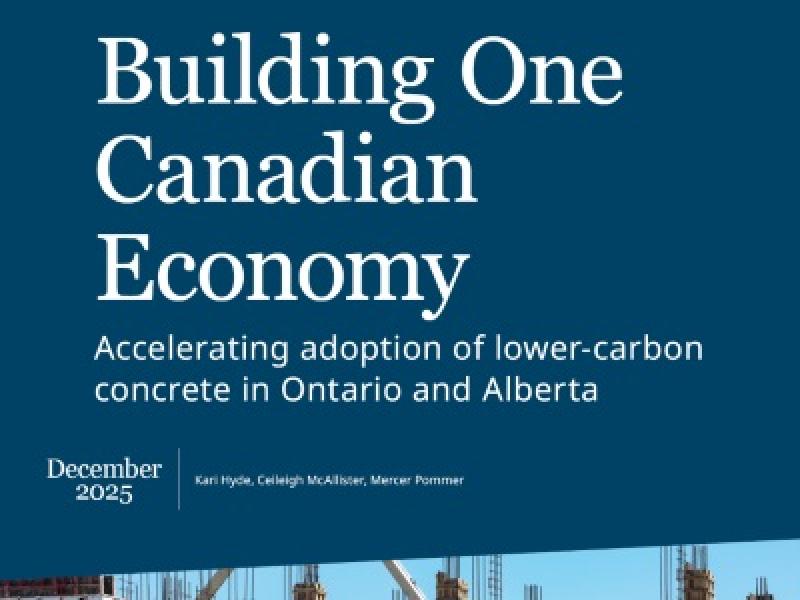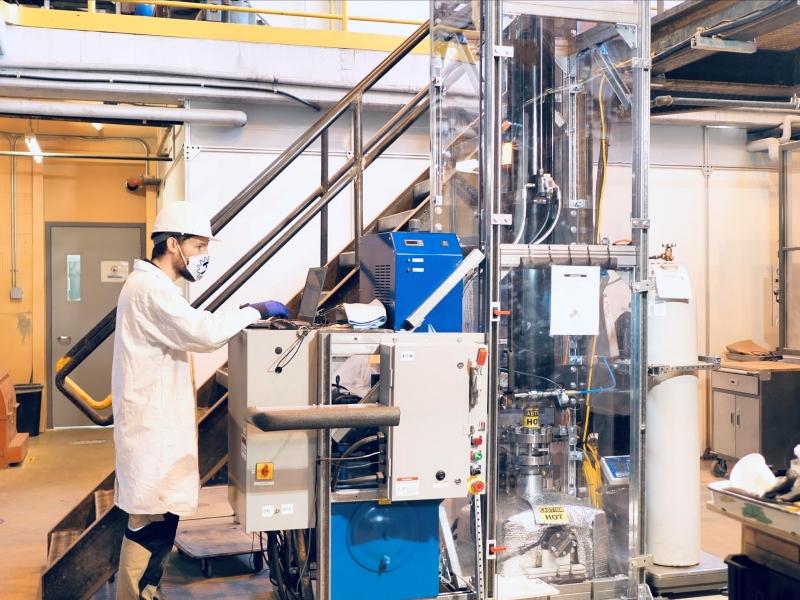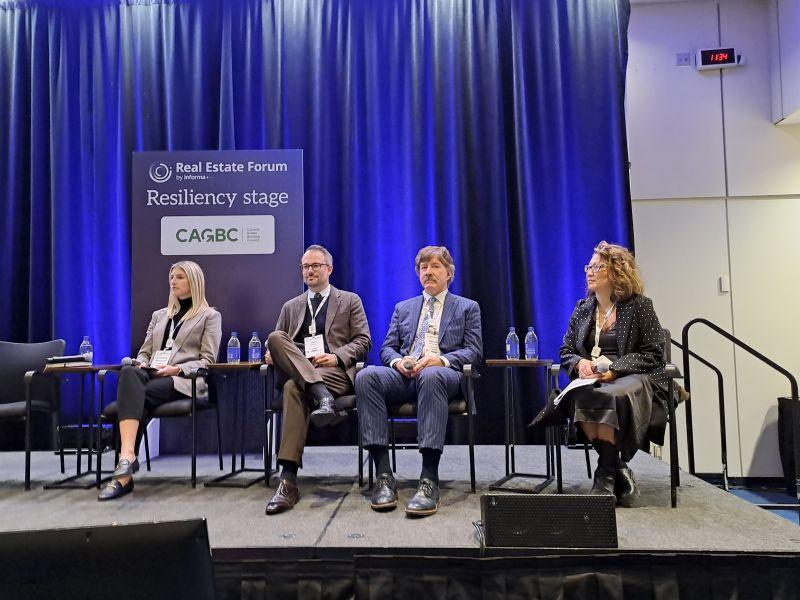 As Canada seeks to recover from the economic effects of COVID-19, there could be a path to rebuilding the economy through green-energy investments and retrofitting existing infrastructure, according to Efficiency Canada.
As Canada seeks to recover from the economic effects of COVID-19, there could be a path to rebuilding the economy through green-energy investments and retrofitting existing infrastructure, according to Efficiency Canada.
“We could see a major scale-up in energy efficiency because it’s becoming the go-to solution in the recovery from COVID-19. It’s a big job creator and it promotes spending in the local economies,” said Brendan Haley, the policy director at Efficiency Canada.
The advocacy group, which is based at Carleton University in Ottawa and calls itself the national voice for an energy-efficient economy, has released its annual 2020 Canadian Provincial Energy Efficiency Scorecard. The 250-page report summarizes the performance of each province measured against 42 metrics.
For the second year in a row, British Columbia topped the list with a score of 58 out of 100. Quebec finished second with a score of 52, while Saskatchewan and Newfoundland and Labrador tied for last with 17 points.
B.C. leads country in efficiency
B.C. topped the scorecard thanks to the province’s investments in green initiatives such as electric vehicle registrations, low-carbon heating and industrial energy management systems. The province’s most robust green initiative has been its development the B.C. Energy Step Code, a system set up to encourage builders to strive for better energy efficiency options than what is laid out in the B.C. Building Code.
“This building code is moving that province towards net-zero-energy-ready buildings. So, buildings that are so efficient that they can easily supply their own energy with renewables,” said Haley, a co-author of the report.
Each of the top provinces fare well in different categories.
In Quebec the focus has been on the growth of electronic transportation, with the province offering rebates of up to $8,000 on new or leased electric vehicles. Further east, Prince Edward Island is targeting lower-income and Indigenous populations through its Sustainable Communities Initiative, which creates specific solutions for its diverse neighbourhoods.
Energy efficiency depends largely on how each province approaches the problems at hand.
Saskatchewan, Alberta fare poorly
For example, Saskatchewan is near the bottom on both energy efficiency program savings and spending. Its western neighbour Alberta experienced a significant drop in score because the province decided to shutter Energy Efficiency Alberta, the agency designed to help reduce carbon emissions and find energy savings within its economy.
Canada’s largest province, Ontario, finished fourth overall, but there was a noteworthy downtick when it comes to electric vehicle registrations and electricity savings.
“The reduction in program budgets and savings in Ontario and Alberta have a significant national impact. If these trends continue, national efficiency and emission reduction goals could be out of reach” Gaede noted.
He said not even the best Canadian provinces measure up to some U.S. states, such as Vermont and Massachusetts.
“States like Vermont, Massachusetts, are actually hitting energy savings that are double to triple most Canadian provinces. We expect they’re just gonna keep going, with a Biden presidency,” he said.
Haley said Vermont and Massachusetts are so far ahead of the pack due to initiatives that prioritize investments in energy efficiency over fossil fuels or transmission lines. In Massachusetts, the Green Communities Act requires “electric and gas utilities pursue all cost-effective energy efficiency, i.e. eliminating energy waste whenever it is cheaper to do so than to buy additional supply.”
Strategies to improve energy efficiency
In Canada, whether it’s the hydroelectric project in Muskrat Falls or Site C in Northern British Columbia, there is a desire to invest in flashier and higher-priced projects, according to Haley’s research.
Another relatively simple solution Canadian provinces could adopt includes energy labelling for buildings to gauge their energy efficiency, which could encourage owners and managers to reduce the greenhouse gasses each building emits.
Retrofitting older homes to make them more energy efficient is an initiative that could be on the horizon, Haley said. The timing is right, thanks to the COVID-19 pandemic.
“People are spending a lot more time at home and they’re thinking about the comfort and the adequacy and the air quality right in their houses and buildings,” he said. “This is a window of opportunity to save a lot of energy and reduce a lot of emissions.”
This year, the federal government committed to improving average energy intensity by three per cent, while the International Energy Agency and Canada’s Task Force for a Resilient Recovery have recommended building retrofits to spur job creation and spending in local economies.
The report’s authors also recommend a low-carbon economy fund to expand energy efficiency programs, a national zero-emission vehicle mandate, adopting 2020 building codes and promoting industrial energy management.
- British Columbia – 58
- Quebec – 52
- Nova Scotia – 49
- Ontario – 45
- Prince Edward Island – 37
- Manitoba – 29
- New Brunswick – 27
- Alberta – 24
- Newfoundland and Labrador – 17
- Saskatchewan – 17







